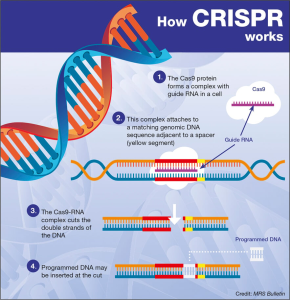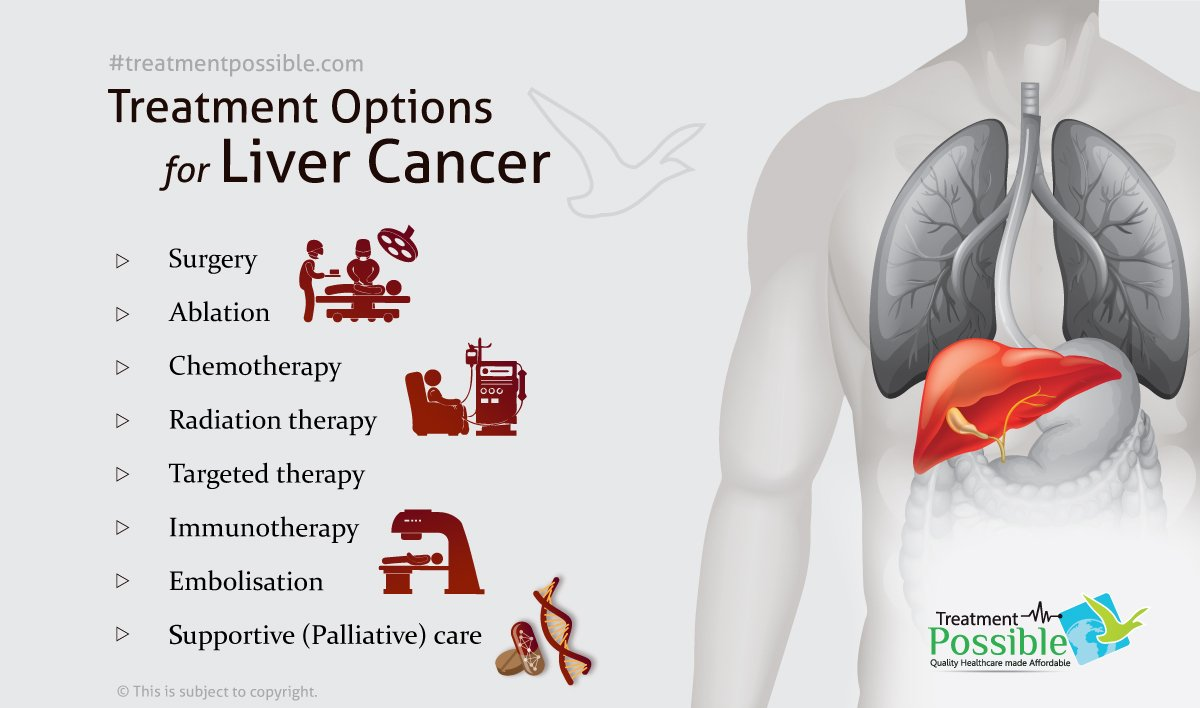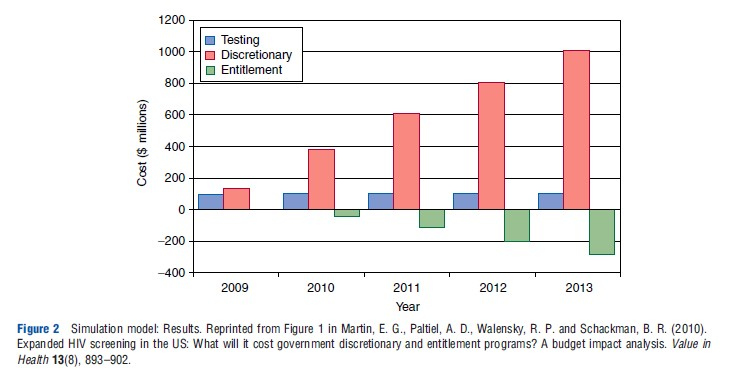Liver cancer treatment has gained significant attention in recent years, particularly with advancements in understanding the relationship between bile acid imbalance and hepatocellular carcinoma (HCC), the most prevalent form of liver cancer. Recent research highlights how alterations in bile metabolism can initiate a cascade of events leading to liver diseases, emphasizing the need for innovative therapeutic strategies. The role of YAP FXR signaling has emerged as a critical molecular pathway, providing insights into potential interventions that could halt the progression of liver cancer. By exploring the mechanisms of bile acid dysregulation, researchers are paving the way for breakthroughs that can transform outcomes for patients battling liver cancer. These findings reflect the vigorous pursuit of liver disease research aimed at unraveling the complexities of liver health and disease, and they underscore the importance of targeted approaches in the development of effective treatments.
When discussing interventions for liver malignancies, one often encounters terms like hepatic neoplasia, bile acid dysfunction, and the critical role of metabolic pathways in cancer progression. The interplay between bile acids and cellular signaling mechanisms, particularly the Hippo/YAP pathway, is paramount in understanding liver carcinogenesis. This knowledge not only elucidates how bile acid metabolism can influence the onset of liver diseases but also informs the search for targeted therapies that could enhance patient outcomes. By focusing on these molecular interactions, researchers aim to develop sophisticated treatments that could counteract the effects of bile acid imbalances and promote healthier liver function. Such innovations in liver cancer management are vital for improving survival rates and quality of life for those affected.
Understanding Bile Acid Imbalance and Liver Diseases
Bile acids, produced by the liver, serve an essential role in the digestion and absorption of fats. However, an imbalance in bile acids can lead to serious liver diseases. This imbalance is particularly concerning as it may result in conditions such as hepatocellular carcinoma (HCC), the predominant type of liver cancer. Researchers have identified that disruptions in bile acid metabolism can induce inflammation and liver injury, setting the stage for the development of HCC. Consequently, understanding the crucial mechanisms behind this imbalance is vital for prevention and treatment.
Recent studies highlight the Hippo/YAP signaling pathway’s role in regulating bile acid homeostasis. When abnormalities occur in this pathway, it can lead to excessive bile acid production, further exacerbating liver conditions. The unique relationship between bile acid metabolism and liver cancer indicates that by targeting these metabolic pathways, we may improve outcomes for patients suffering from liver diseases. With ongoing liver disease research focusing on bile acids, there is potential for breakthroughs in treatment options.
The Role of YAP FXR Signaling in Liver Cancer Treatment
YAP (Yes-associated protein) has emerged as a significant factor in liver cancer treatment, specifically through its interaction with FXR (Farnesoid X receptor). YAP’s repressive activity on FXR impairs bile acid sensing and metabolism, which can lead to tumor progression in the liver. By inhibiting YAP’s repressive functions or enhancing FXR activity, researchers believe it is possible to restore normal bile acid regulation. This restoration could not only stop tumor growth but could also protect liver function, presenting new avenues for liver cancer treatment.
Activating FXR presents a promising therapeutic strategy. This receptor regulates bile acid homeostasis and its activation has shown potential in reducing liver injury and preventing cancer progression. With new pharmacological agents being developed to stimulate FXR, there’s hope for transforming how liver diseases are treated. The implications of the research by Yingzi Yang and her team suggest that targeting YAP FXR signaling might create new interventions for liver cancers, providing a fresh outlook for patients with hepatocellular carcinoma.
Impacts of Bile Metabolism on Liver Health
The intricate balance of bile metabolism plays a critical role in maintaining liver health. When the metabolism of bile acids is disrupted, the resulting excess can lead to conditions like liver fibrosis and inflammation—key contributors to hepatocellular carcinoma. Ongoing liver disease research is essential to unravel the complexities of bile metabolism and its effects on liver pathologies. As researchers explore these pathways, they are uncovering potential interventions that could prevent the progression of liver diseases.
Understanding the components of bile metabolism not only helps in recognizing the risks associated with liver diseases but also opens doors to novel treatment methods. Enhanced bile acid excretion or modulation of metabolic pathways may mitigate the effects of imbalances caused by lifestyle or genetic factors. Ultimately, ensuring the proper metabolism of bile acids could significantly improve liver health and prevent serious conditions like liver cancer.
Advancements in Liver Disease Research
Liver disease research is rapidly evolving, with studies focusing on the underlying mechanisms contributing to liver conditions. This includes investigations into the roles of proteins like YAP in bile acid metabolism and liver cancer progression. Innovations in molecular biology and genetic studies are shedding light on how disruptions in bile acid signaling pathways impact liver health. As researchers unveil these relationships, they lay the foundation for new therapeutic approaches.
By studying the complex interactions between bile acids, liver enzymes, and cancer pathways, the scientific community is finding targeted ways to prevent liver diseases. Comprehensive research efforts have led to discoveries of pharmacological agents that could potentially regulate bile acid levels within the liver, providing hope for effective liver cancer treatments. With collaborative efforts across various research institutions, the future of liver disease research looks promising.
Potential Pharmacological Solutions for Liver Cancer
The identification of the key molecular switch regulating bile acid metabolism opens exciting avenues for pharmacological solutions in liver cancer treatment. Research indicates that stimulating FXR could reverse the detrimental effects of bile acid imbalance on liver health. As scientists explore drug compounds that activate FXR or inhibit YAP function, there is potential for developing new therapies that specifically target the metabolic dysregulation seen in hepatocellular carcinoma.
These innovations suggest a paradigm shift in how liver cancer is approached therapeutically. Traditional methods often focus solely on symptom management or generic chemotherapy; however, targeting the metabolic and signaling pathways responsible for liver cancer growth could yield more effective treatments. Through ongoing studies and clinical trials, the hope is that these pharmacological advances will ultimately lead to improved survival rates for patients with liver cancer.
The Importance of Nutrient Sensing in Liver Metabolism
Nutrient sensing plays a critical role in liver metabolism, particularly in the regulation of bile acid homeostasis. The liver’s ability to process nutrients effectively impacts its overall function and health. Research has shown that the YAP signaling pathway influences how the liver senses and processes nutrients, which in turn affects bile acid production and metabolism. This intricate interplay highlights the liver’s importance not just in digestion, but also in broader metabolic processes.
Understanding the mechanisms of nutrient sensing can aid in developing therapies that address liver diseases. By focusing on how liver cells respond to changes in nutrient availability, potential treatments could better manage conditions arising from bile acid imbalances and related disorders. This area of research is crucial, as it could lead to impactful strategies that enhance liver function and protect against diseases like hepatocellular carcinoma.
Strategies to Restore Bile Acid Homeostasis
Restoring bile acid homeostasis is a pivotal focus in managing liver diseases and preventing cancer. Innovative strategies that enhance bile acid export or regulate metabolism within the liver are being explored. By utilizing agents that activate FXR, researchers aim to counteract the effects of bile acid accumulation and its related pathologies. These targeted approaches indicate a shift towards more personalized treatment strategies for liver cancer.
Incorporating dietary modifications and pharmacological interventions could provide comprehensive strategies to maintain healthy bile acid levels. Clinical trials are underway to assess the efficacy of these strategies, which may not only prevent liver disease progression but also promote overall liver health. As this research progresses, it can lead to significant improvements in treatment outcomes for patients with smoking hepatocellular carcinoma.
Future Directions in Liver Cancer Research
The future of liver cancer research holds promise as scientists continue to uncover the complexities of liver function and disease mechanisms. Advances in technology have allowed for more precise studies of molecular pathways like YAP and FXR in bile metabolism. As researchers delve deeper, they may discover novel biomarkers that could enhance early detection and treatment of liver cancers, including hepatocellular carcinoma.
Moreover, with the potential for personalized medicine on the horizon, tailored therapies targeting specific pathways could become a reality. By advancing our understanding of liver disease dynamics and the role of bile acid metabolism, we can aim to design effective treatment regimens. The future directions in liver cancer research are undoubtedly pivotal in improving patient care and outcomes.
Connecting Bile Metabolism with Liver Cancer Outcomes
The relationship between bile metabolism and liver cancer outcomes is increasingly recognized as crucial. Disruptions in bile acid secretion and metabolism can lead to inflammation, fibrosis, and ultimately, hepatocellular carcinoma. Understanding this connection not only provides insights into disease progression but also emphasizes the necessity of maintaining bile acid balance for liver health.
Researchers continue to explore how variations in bile acid profiles can influence liver cancer outcomes. This knowledge can guide clinical practices, enabling targeted prevention strategies based on individual metabolic statuses. As science progresses, it is vital to connect these metabolic insights to real-world applications in liver cancer treatment, advancing both prevention and care quality.
Frequently Asked Questions
What are the common liver cancer treatments available today?
Common liver cancer treatments include surgery (such as partial hepatectomy), liver transplantation, ablation therapies, targeted therapies, and chemotherapy. New studies are also exploring the role of bile acid metabolism and signaling pathways like YAP and FXR in developing innovative treatments.
How does bile acid imbalance relate to hepatocellular carcinoma (HCC)?
An imbalance in bile acids can trigger liver injuries and inflammation, leading to hepatocellular carcinoma (HCC). Recent research has identified that YAP, through its interaction with FXR, influences bile acid metabolism, highlighting potential targets for liver cancer treatment.
Can enhancing FXR function improve liver cancer treatment outcomes?
Yes, enhancing FXR function may offer new treatment options for liver cancer. By promoting bile acid regulation and reducing inflammation and fibrosis, this approach could hinder cancer progression, as suggested in recent studies focusing on YAP and FXR signaling.
What is the role of YAP in liver cancer development?
YAP contributes to liver cancer development by acting as a repressor of FXR, disrupting bile acid homeostasis. This dysregulation can result in an overproduction of bile acids, leading to liver damage and increasing the risk of hepatocellular carcinoma.
Are there new pharmacological strategies for liver cancer treatment related to bile metabolism?
Research indicates that targeting FXR activation or enhancing bile acid excretion can be promising strategies for liver cancer treatment. These pharmacological approaches could mitigate the damaging effects of bile acid imbalance and slow down cancer progression.
How does liver disease research contribute to better liver cancer treatments?
Liver disease research is crucial for understanding the molecular pathways involved in liver cancer, such as YAP FXR signaling. Insights from these studies can lead to new therapeutic interventions that specifically target the underlying mechanisms of liver cancer.
What future treatments for liver cancer are being explored based on current findings?
Future liver cancer treatments may focus on pharmacological agents that stimulate FXR and balance bile acid levels. Additionally, targeting YAP’s repressor functions offers a novel approach to halt liver cancer progression and promote healthier liver function.
| Key Points | Details |
|---|---|
| Bile Imbalance and Liver Cancer | Critical imbalance in bile acids is linked to liver diseases, including hepatocellular carcinoma (HCC), the most common liver cancer. |
| Molecular Switch Identification | A key molecular switch regulating bile production was identified, providing insights for potential liver cancer treatment. |
| Role of Bile Acids | Bile acids aid in digestion and also govern metabolic processes as hormone-like substances. |
| YAP and FXR Interaction | YAP regulates bile acid metabolism by repressing FXR, which is essential for bile acid balance. |
| Research Implications | Blocking YAP’s repressive activity can enhance FXR function, potentially halting liver damage and cancer progression. |
| Future Directions | Findings could lead to pharmacological solutions stimulating FXR to address liver cancer. |
Summary
Liver cancer treatment has gained new insights thanks to recent studies uncovering the relationship between bile acid imbalance and liver diseases. By targeting the molecular pathways that regulate bile production and metabolism, especially through the YAP and FXR interaction, there is potential for innovative pharmacological interventions. Enhancing FXR function and inhibiting problematic signaling pathways could provide new avenues for effective liver cancer treatment, ultimately improving patient outcomes.









